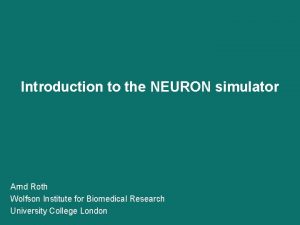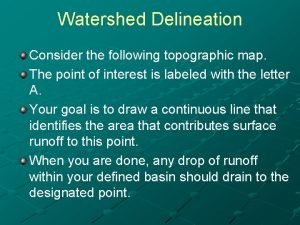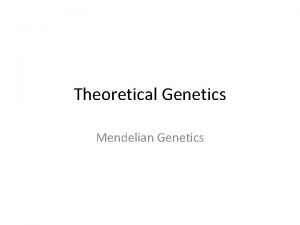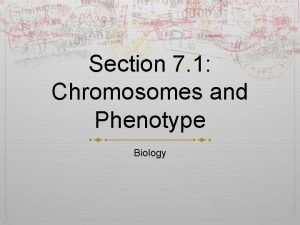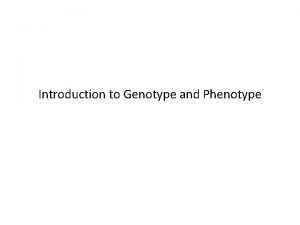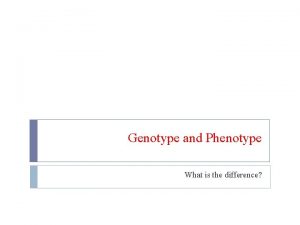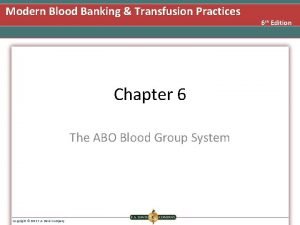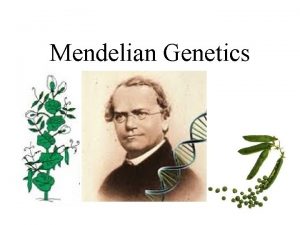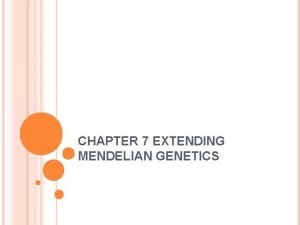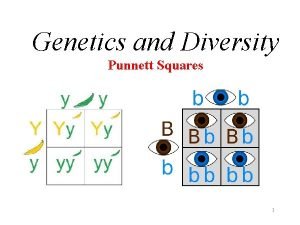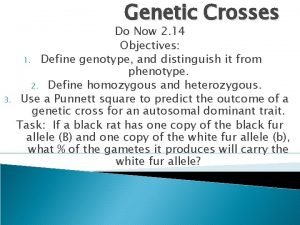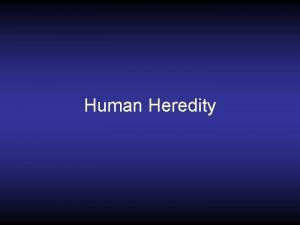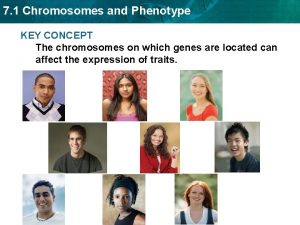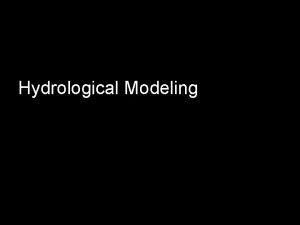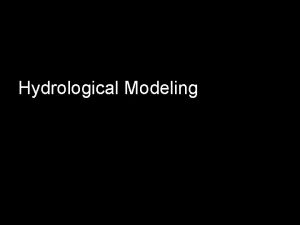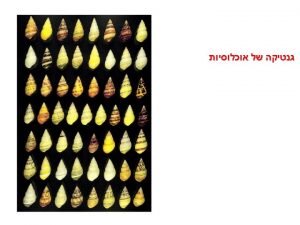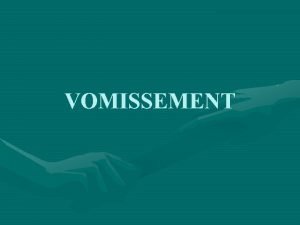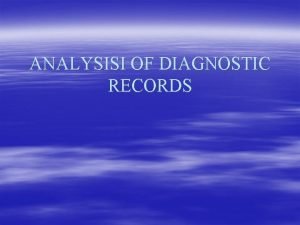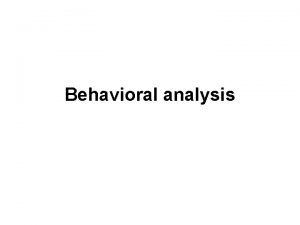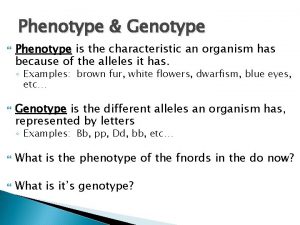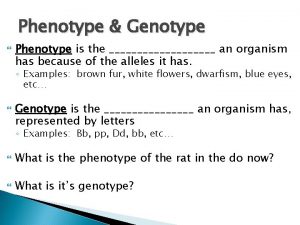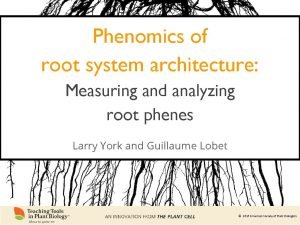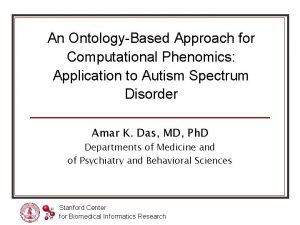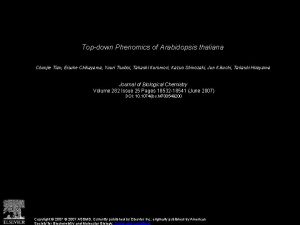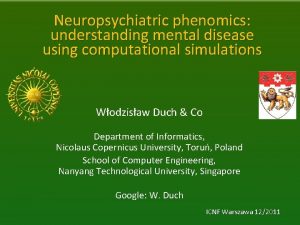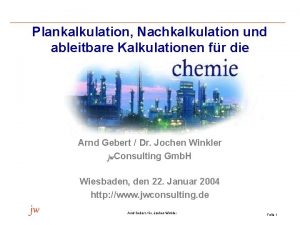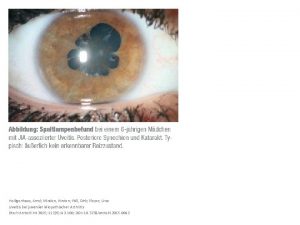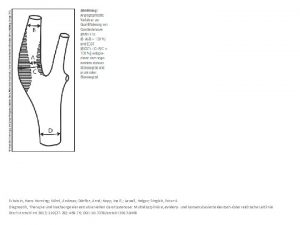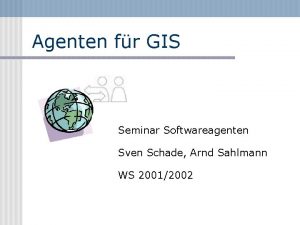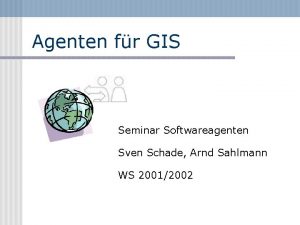Phenomics Phenotype Delineation and Diagnostic Strategies for ARND











































- Slides: 43

Phenomics: Phenotype Delineation and Diagnostic Strategies for ARND By: Larry Burd, Ph. D. North Dakota Fetal Alcohol Syndrome Center 701 -777 -3683 laburd@medicine. nodak. edu

NOSOLOGY Exposure Detection Classification Diagnosis

Nosological Considerations A. Types of Pathological Conditions 1. Syndrome – cluster of symptoms 2. Disorder – cluster of symptoms with specific diagnostic criteria 3. Disease – cluster of symptoms with single, known etiology B. Discrete Mental Disorders vs. Symptom Clusters & Continuum.

Preferred Performance Characteristics 1. 2. 3. 4. 5. 6. 7. 8. Captures many – most cases Reflects understanding of comorbidity Does not exert a protective effect Easy to implement Leads to prevention of recurrence Protects mother Decreases secondary disability Leads to appropriate interventions

Phenotype Delineation Detection Classification FAS FAE ARND ARBD FASD Affected Unaffected

Manifestation of Phenotype Exposure Pathophysiology Impairment Disability Death

Detection Sensitivity High Low Mortality Testing & Control Group Normal Tests Syndromal Severity Observation & Testing Observation

Detection Sensitivity Syndrome High Low Severe Mortality Testing & Increased Control prevalence Group of signs Normal Syndrome Tests Syndrome Observation and comorbidity & Testing Mild NOAEL LOEL None Low TOEL Typical Exposure (Dose) LD - 50 Lethal Observation Typical Syndrome

Syndromal Variation Highly Variable Phenotype # Severe Classic Currently Diagnosed Phenotype Variation

Syndromal Variation Number of Cases Highly Variable Phenotype ADHD Hearing Impairment Visual Impairment Severe Learning Disabilities Cognitive Deficits CL & P Mental Disorders Mortality Pregnancy Losses Fertility Birth Defects Infectious Increased Classic Illness Severity Phenotype Variation

Synergistic Effects Exposure adverse outcome Susceptibility Exposure heart defect brain damage Exposure William’s Syndrome + FAS

Disease Status + + True positives = Diagnostic - False positives = TP+TN+phenocopies* _____ 100% FP+FN+phenocopies† ____ 100% False Negatives= True negatives = FN+TN+phenocopies* _____ 100% FP+TP+phenocopies† _____ 100% Status - *Diagnosis with no exposure; † exposure without diagnosis. TP = true positives; TN = true negatives; FP = false positives; FN = false negatives

Enviromics Genomics Exposure DNA Dose RNA Effect Protein Effect Size Outcome Metabolites Phenotype

Variance in Phenotype Vp = Vg + Ve Modeling Variance Estimates Vp = Vg + Ve Ve = Vp – Vg Vg = Vp - Ve

Phenome Phenomics Severity Comorbidity Age vs. Criteria Phenotype

Potential etiologies Genetic Infectious Trauma +

Adverse Outcomes Due to Prenatal Alcohol Exposure Yes or No Did mom drink? Did she drink enough? Abnormal signs or disorders? Is Alcohol a contributor to outcome? Is Alcohol casual?

Outcomes Threshold Exposure Dose

Outcomes Hormetic Exposure Dose

Exposure vs. Significant Exposure NOEL No Observable Effect Level LOAEL Lowest Observable Adverse Effect Level TAEL Typical Adverse Effect Level: 50% with adverse outcome at exposure level LD – 50 Lethal Dose for 50% exposed

3. 9 Million Births 1, 560, 000 Exposed 137, 000 Frequent heavy drinking 39, 000 FAS-RD The National Center on Addiction and Substance Abuse, 1999

Prenatal Alcohol Exposure 520, 000 pregnancies annually (1) 105, 000 high exposure (1) 6% drank in last trimester (2)

520, 000 exposed - FAS cases 500, 000 Potential Cases ARND

Magnitude of effect Height Weight BMI

Mental Disorders - ADHD (4) Expected Observed 3. 9% 74%

Costs of health care for FAS and related comorbid conditions for North Dakota children birth through 21. (4) Average Yearly Cost FAS ADHD Learn Dis Develop Dis ODD Seizures $2, 842 $649 $1, 302 $2, 286 $1, 377 $2, 181 Extra Yearly Cost $2, 342 $154 $806 $1, 797 $883 $1, 689 FAS = Fetal Alcohol Syndrome ADHD = Attention Deficit Hyperactivity Disorder Learn Dis = Learning Disabilities Develop Dis = Developmental Disorders ODD = Oppositional Defiant Disorder Cumulative Cost Savings from Preventing One Case per Year After 10 Years After 20 Years $128, 810 $8, 470 $44, 330 $98, 835 $48, 565 $92, 895 $491, 820 $32, 340 $169, 260 $377, 370 $185, 430 $354, 690

Prenatal Alcohol Exposure Course Height (5) Weight (6) BMI

Change in Height Percentile Rank Birth - Diagnosis Diagnostic Category Percentile Rank FASw. MAE 0 68 78. 16 83 91. 21 52 96. 30 203 3 15 17. 24 3 3. 30 2 3. 70 20 5 0 0. 00 1 1. 10 0 0. 00 1 10 4 4. 60 4 4. 40 0 0. 00 8 87 91 54 232 Total Part FAS Missing = 2 No FAS Total

Percent of Children who Moved Up in Height Percentile Category from Birth to Diagnosis N=232 %

Change in Weight Percentile Rank Birth - Diagnosis Diagnostic Category Percentile Rank FASw. MAE Part FAS 0 90 72. 58 84 71. 79 58 81. 69 232 < 3 18 14. 52 12 10. 26 6 8. 45 36 < 5 6 4. 84 6 5. 13 2 2. 83 14 < 10 10 8. 06 15 12. 82 5 7. 04 30 Total 124 117 71 312 Missing = 3 No FAS Total

Percent of Children who Moved Up in Weight Percentile Category from Birth to Diagnosis N=312 %

Family History + + Prenatal Exposure - ADHD LD Cog Shift -

Cognition: IQ Prevalence < 100 > 85 > 70 Exposed Unexposed n =

Controls 1 IQ >85 or >70 PAE 2 + PAE-FH 3 + PAE – Family History PAE-FH + Affected sib 4 + PAE – Family History Affected Sibling

“I found one! It’s the only tree here, but I expected to find No leaves a whole forest. . ” Too big Smooth bark Too small FAS House, not tree Trunk too thick Looks like Family Has fruit Has needles Poor soil

Current Diagnosis Error rate – very high

Fire

Car Accident

IQ Below Average Borderline Mild Moderate Severe IQ – AB or Age – AB Due to Prenatal Alcohol Exposure? Yes No Uncertain ADHD Rating (P + T) TOVA N of 1 Yes No Uncertain Learning Disorders IQ - Achiv = 20 Yes No Uncertain Mental Disorders Diagnoses Yes No Uncertain Neuropsychological Impairments Yes No Uncertain Imaging CTFMRI MRIPET EEGMEG Spect Yes No Uncertain Other findings Findings Yes No Uncertain

Severity Score for FAS, ARND and Related Disorders By Larry Burd, Ph. D. Fetal Alcohol Syndrome Center 501 N Columbia Road, Grand Forks, ND 58203 Name Date Age Diagnostic Profile/ARND Score Growth FAS Phenotype Score Height = 10 – height percentile = Weight = 10 – growth percentile = Head circumference = 10 – head circumference percentile = (Diagnostic Profile) Number of facial features = Number of anomalies = Comorbid neuropsychiatric conditions _____ x 2 = IQ (Select only one) <85 <70 <50 Score 4 Score 8 Score 10 = Score 1 Score 5 Score 10 = Sleep (Select only one) <6 consecutive hours <4 consecutive hour <2 consecutive hours FAS Score

Severity Score for FAS, ARND and Related Disorders By Larry Burd, Ph. D. Fetal Alcohol Syndrome Center 501 N Columbia Road, Grand Forks, ND 58203 Name Date Age Comorbid neuropsychiatric conditions _____ x 2 IQ (Select only one) <85 Score 4 <70 Score 8 <50 Score 10 Sleep (Select only one) <6 consecutive hours <4 consecutive hour <2 consecutive hours ARND Phenotype Score = = Score 1 Score 5 Score 10 = 10 – (Communications score 10) = 10 – (Daily living score 10) = 10 – (Socialization score 10) = 10 – (Motor skills score 10) = Services Foster Care # of placements _____ x 3 = Inpatient hospital care # of weeks in last year _____ = Criminal justice # of months on probation or incarceration in last year _____ = In Special education # of hours per day _____ = Residential care # of months in last year _____ = ARND Score

Recurrence Risks 75% in subsequent exposed pregnancies

References CDC Whitehead Burd L, Klug M, Martsolf J, Kerbeshian J. Fetal alcohol syndrome: Neuropsychiatric Phenomics. Neurotoxicol Teratol (in press) 2003. Klug MG, Burd L. Fetal alcohol syndrome prevention: Annual and cumulative cost savings. Neurotoxicol Teratol (in press) 2003. Day Burd L, Klug MG, Martsolf J, Ebertowski M. Body Mental Disorders in FAS
 Arnd roth
Arnd roth Watershed delineation
Watershed delineation What is regionalization
What is regionalization Watershed delineation pdf
Watershed delineation pdf Sickle cell anemia genotype and phenotype
Sickle cell anemia genotype and phenotype Section 1 chromosomes and phenotype
Section 1 chromosomes and phenotype Genetic ratio
Genetic ratio Tt x tt punnett square
Tt x tt punnett square Phenotype
Phenotype Genotypic ratio and phenotypic ratio
Genotypic ratio and phenotypic ratio Phenotype and genotype
Phenotype and genotype Heterozygous example
Heterozygous example Phenotype and genotype
Phenotype and genotype Monohybrid cross vs dihybrid cross
Monohybrid cross vs dihybrid cross Applying mendels principles
Applying mendels principles Phenotype and genotype
Phenotype and genotype Abo phenotype and genotype
Abo phenotype and genotype Law of segregation
Law of segregation Section 1 chromosomes and phenotype
Section 1 chromosomes and phenotype Extending mendelian genetics
Extending mendelian genetics Genotypes punnett square
Genotypes punnett square Phenotype example
Phenotype example Section 1 chromosomes and phenotype
Section 1 chromosomes and phenotype Xyy male syndrome
Xyy male syndrome Kontinuitetshantering
Kontinuitetshantering Typiska drag för en novell
Typiska drag för en novell Tack för att ni lyssnade bild
Tack för att ni lyssnade bild Vad står k.r.å.k.a.n för
Vad står k.r.å.k.a.n för Varför kallas perioden 1918-1939 för mellankrigstiden
Varför kallas perioden 1918-1939 för mellankrigstiden En lathund för arbete med kontinuitetshantering
En lathund för arbete med kontinuitetshantering Underlag för särskild löneskatt på pensionskostnader
Underlag för särskild löneskatt på pensionskostnader Vilotidsbok
Vilotidsbok A gastrica
A gastrica Densitet vatten
Densitet vatten Datorkunskap för nybörjare
Datorkunskap för nybörjare Boverket ka
Boverket ka Mall för debattartikel
Mall för debattartikel För och nackdelar med firo
För och nackdelar med firo Nyckelkompetenser för livslångt lärande
Nyckelkompetenser för livslångt lärande Påbyggnader för flakfordon
Påbyggnader för flakfordon Vätsketryck formel
Vätsketryck formel Svenskt ramverk för digital samverkan
Svenskt ramverk för digital samverkan Urban torhamn
Urban torhamn Presentera för publik crossboss
Presentera för publik crossboss
